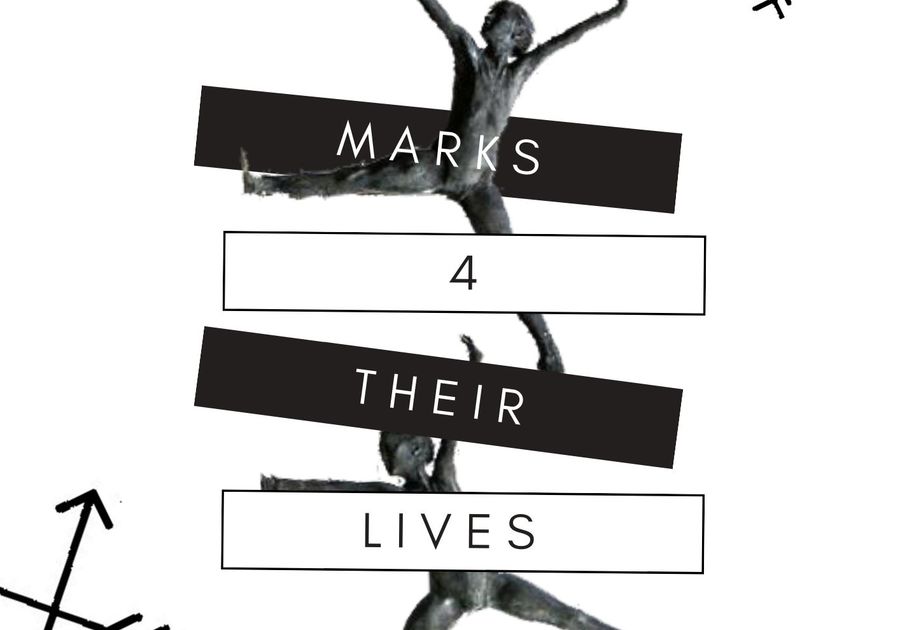Honoring American Indian Heritage: Reflections on the Trail of Tears
As we embrace American Indian Heritage Month, I find it essential to reflect on the rich histories, cultures, and contributions of Indigenous peoples in our country. A poignant reminder of this legacy is the Trail of Tears, a heartbreaking chapter in our history that involved the forced relocation of tribes like the Cherokee, Creek, Seminole, Chickasaw, and Choctaw from their ancestral homes in the southeastern United States to designated Indian Territory in what is now Oklahoma. Enforced by the Indian Removal Act of 1830, this tragic journey covered over 1,000 miles and unfolded between the fall of 1838 and spring of 1839. The suffering was immense, with around 4,000 Cherokee lives lost due to malnutrition, disease, and exposure along the way.
The Trail of Tears represents more than just a historical event; it’s a testament to the resilience and survival of Indigenous communities. Despite facing incredible hardship, these nations carried their traditions, stories, and cultures forward, maintaining a strong sense of identity and unity. This history often intersects with conversations about systemic violence and ethnic cleansing, highlighting the ongoing challenges Indigenous peoples encounter.
To enrich our understanding, I encourage us to engage with artworks that reflect these themes. For instance, "The Trail of Tears" by Robert Lindneux powerfully captures the sorrow of this forced removal. Maps like the Trail of Tears National Historic Trail Map visually illustrate the routes taken by the Cherokee, offering essential context to this harrowing journey.
As we observe American Indian Heritage Month, I invite you to honor the legacies of those who endured the Trail of Tears and remember that their stories of resilience are integral to the ongoing narrative of Indigenous peoples today. By engaging with both art and history, we can foster a deeper respect and appreciation for the rich cultural tapestry woven by American Indian communities throughout generations.
Let’s take a moment to reflect on our shared responsibility to keep these histories alive and pay homage to the child within us that doesn’t want to be forgotten.
As an art educator with over 20 years of experience, I have a deep understanding of the intersection between art, culture, and history. My background includes a master’s degree in art education, which has equipped me with the skills to effectively communicate and engage with diverse audiences. My passion for promoting awareness and understanding of our peoples' histories, including the Trail of Tears, and the Holocaust drives me to create meaningful experiences that honor and celebrate these narratives through art. I am committed to fostering a respectful and inclusive environment for exploration and reflection, ensuring that every voice is heard and valued. I created a Native American Heritage Month Curriculum for teachers and homeschool. Please enjoy the lesson here.
This curriculum guides students to honor Indigenous resilience and history, especially the Trail of Tears, through art, creative writing, and mindfulness. Students will create marks of remembrance that capture both personal reflection and respect for those who endured the journey. We’ll incorporate elements from hashtag#Marks4TheirLives, promoting individual expression and remembrance while embracing empathy and awareness.
#lessonplan #art #mindfulness #creativewriting @loriarbelart #therapeuticartcoach
*This article was created with the assistance of AI, but the insights and reflections are rooted in the vision of Lori Arbel. The attached unit is my work.
Artist | Therapeutic Art Coach | Wellness Travel Advisor | Lightworker
Fine Art | Coaching & Workshops










